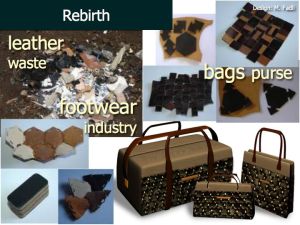Vetiver Root (Garut)
April 9, 2010 Leave a comment
The vetiver root industry in Garut, West Java, always produces an abundant of waste, after the roots are pressed for oil. The pile of roots, if not burned immediately, would rot and cause unpleasant sights and smells. A research to make use of the material was conducted by pressing the material and forming it into desired shapes, in order to make functional products.









